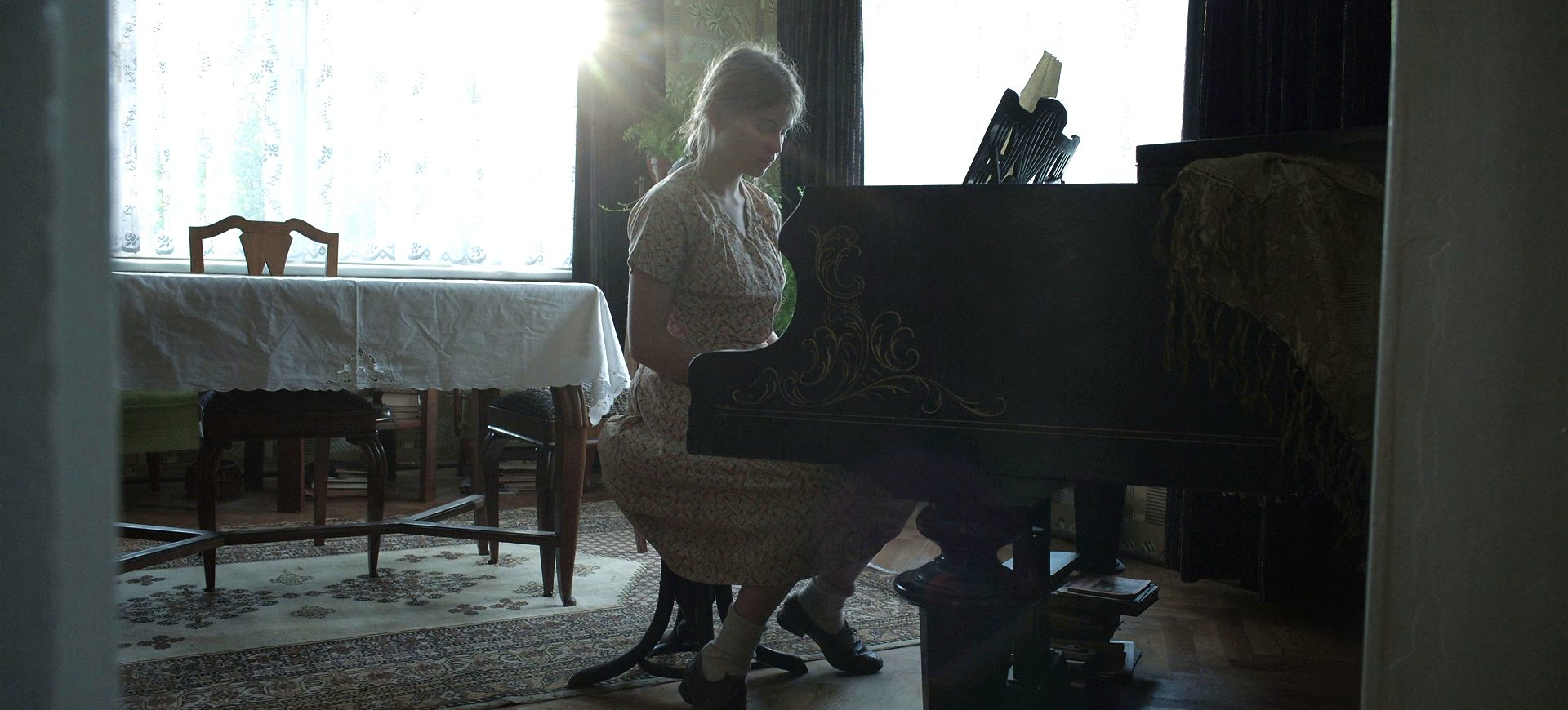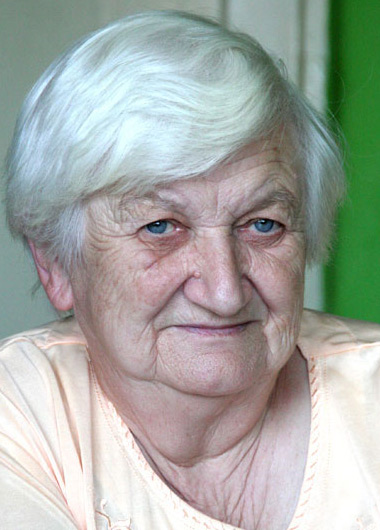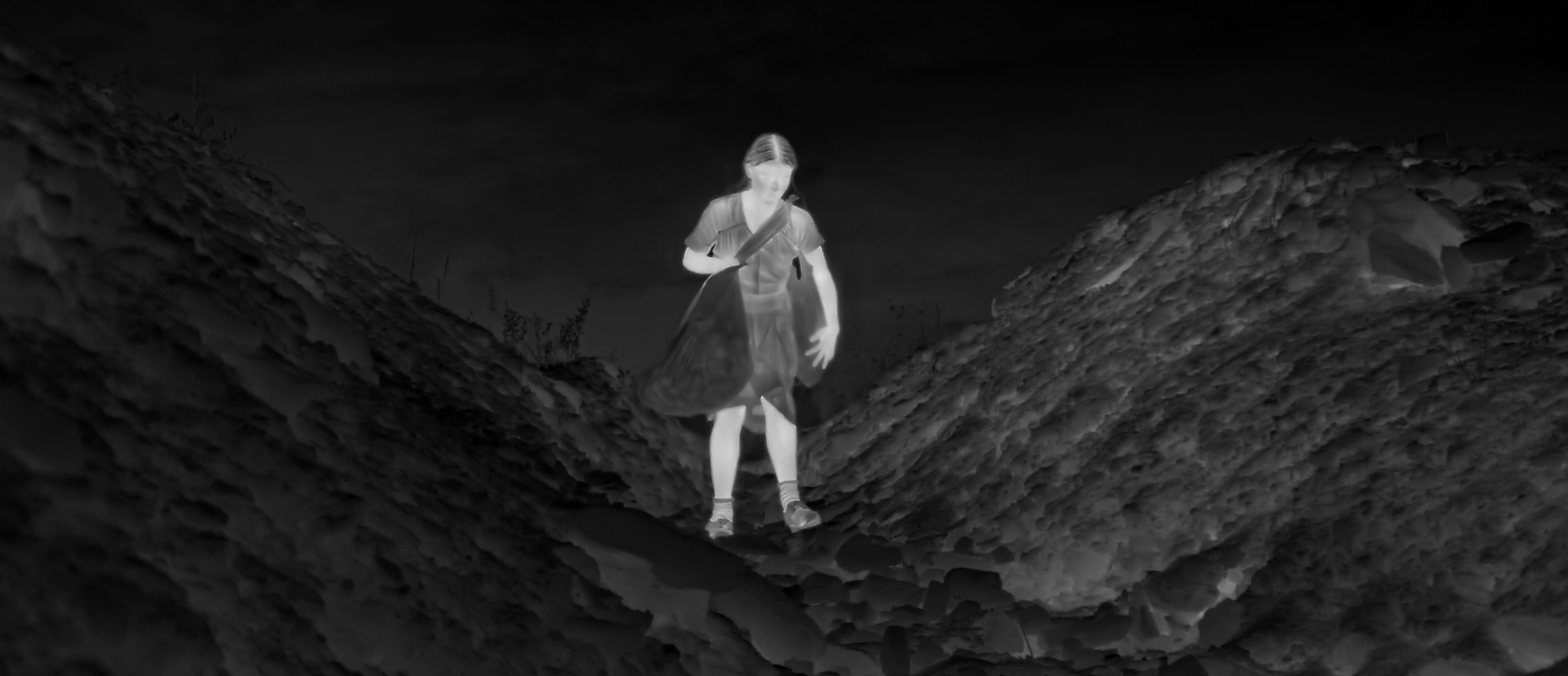In Jonathan Glazer’s historical drama film ‘The Zone of Interest,’ a girl who works in the house of Rudolf and Hedwig Höss sneaks out of the villa on certain nights, only to hide fruits for the prisoners of the Auschwitz concentration camp. During one of the nights, she discovers a small tin that contains a piano composition written by one of the prisoners. The girl is based on a revolutionary who, at the age of twelve, was involved in the Polish resistance. Her saga was an immense motivation for the filmmaker to make the period drama and he dedicated the movie to her memory as well!
The Inspiration Behind the Girl With the Fruits
The girl with the fruits is Aleksandra Bystroń-Kołodziejczyk. At the age of twelve, Aleksandra was a part of the Polish resistance known as Związek Walki Zbrojnej AKA the Union of Armed Struggle, an underground army that was formed after the invasion of Poland by Germany and the Soviet Union. Along with her sister, Aleksandra fed the prisoners in concentration camps, organized medicines, and carried secret messages. Until she died in 2016, she also lived in the house where Jonathan Glazer shot ‘The Zone of Interest,’ which stands in for the villa of Rudolf and Hedwig Höss.

“She [Aleksandra] lived in the house we shot in. It was her bike we used, and the dress the actor wears was her dress. Sadly, she died a few weeks after we spoke,” Glazer told The Guardian. The scene in which Aleksandra discovers a piano composition is also based on a true occurrence. The piece of written music the real-life Aleksandra found was penned by an Auschwitz prisoner named Thomas Wolf, who survived World War II. Since 1943, Aleksandra worked at a mine’s daily wage control office. After the war, she graduated from a technical school but she couldn’t proceed with her studies since her former role as a liaison of the resistance army was not approved by the authorities.

Glazer met Aleksandra before he was confident enough to make the period drama and the meeting impacted his decision to ultimately helm the movie. “That small act of resistance, the simple, almost holy act of leaving food, is crucial because it is the one point of light. I really thought I couldn’t make the film at that point. I kept ringing my producer, Jim, and saying: ‘I’m getting out. I can’t do this. It’s just too dark.’ It felt impossible to just show the utter darkness, so I was looking for the light somewhere and I found it in her. She is the force for good,” he added.
Glazer wanted Aleksandra’s portions to stand out among the rest of the scenes, which led him to shoot the sequences with a thermal camera used by the Polish military. “What you see isn’t light, it’s heat. It was shot on what is essentially a military surveillance camera. We had to have someone from the Polish army with us every time we took it out of the box because it’s officially classified as a weapon,” he told The Hollywood Reporter. “It was all part of the same dogma, of seeing this story through a 21st-century lens. Even if it’s very different or jarring, it comes in the same mindset, for the same desire to look at everything unadorned,” he added.
Read More: Movies Like The Zone of Interest


You must be logged in to post a comment.